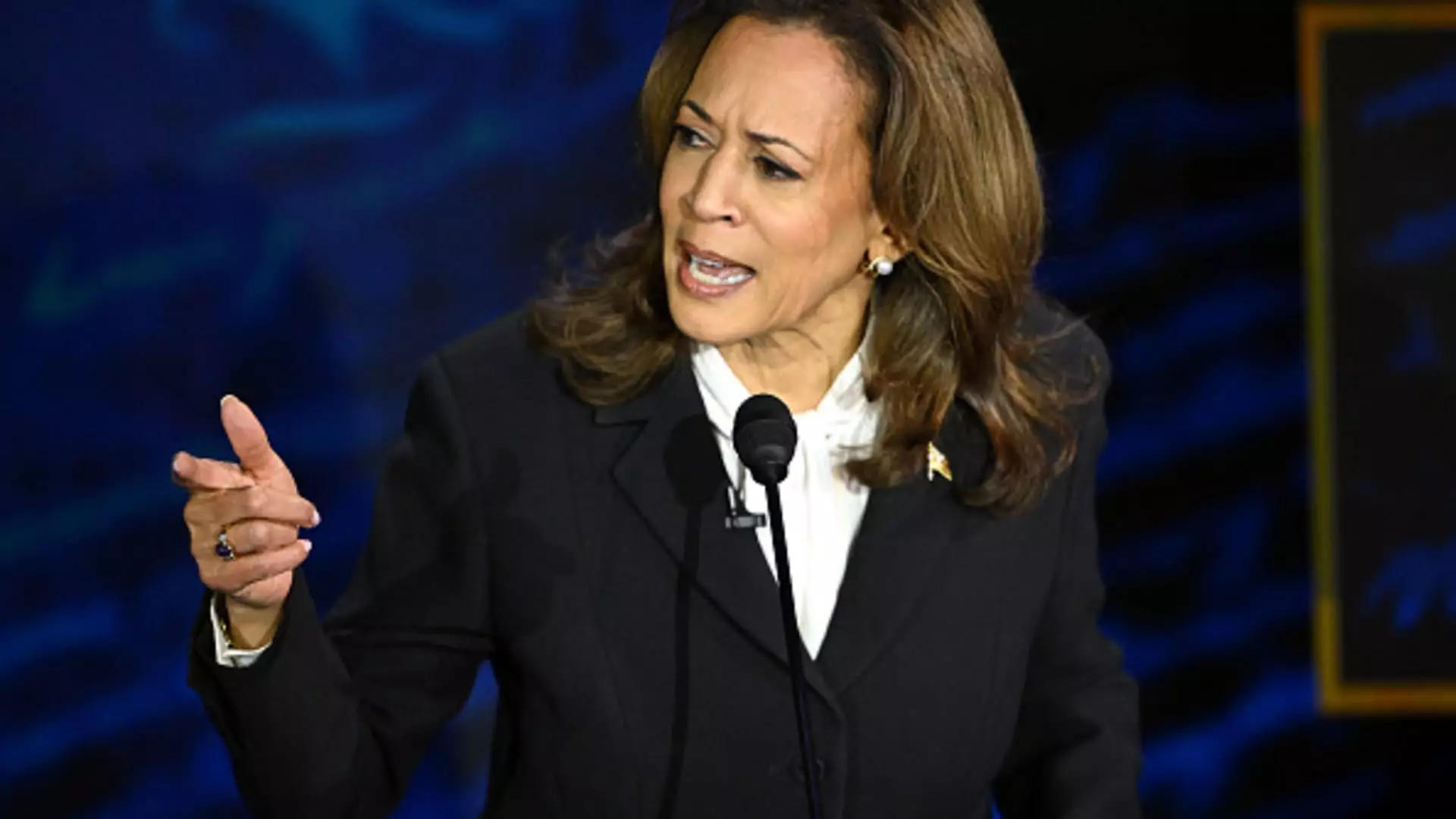The recent presidential debate, hosted by ABC News, showcased a spirited exchange between former President Donald Trump and Vice President Kamala Harris regarding their respective strategies for managing China’s economic influence. This critical examination delves into the intricacies of their arguments, the implications of their policies, and the broader context of U.S.-China relations.
Central to Trump’s approach is his commitment to imposing substantial tariffs on Chinese goods—asserting that these tariffs, ranging from 10% to an astronomical 100%, are crucial for protecting American jobs and trade interests. Trump claims that his administration had successfully garnered “billions and billions of dollars” from these tariffs, framing this as a financial victory for the U.S. He argues that after decades of trade imbalance, the time has come for nations like China to “pay back” the U.S. for its role in the global economy.
However, this strategy raises important questions about the consequences of such tariff-heavy policies. While the former president suggests that rising tariffs would primarily impact China, critics argue that increased tariffs can also lead to higher consumer prices in the U.S., squeezing American households while potentially fueling inflation. This dynamic highlights a fundamental tension in Trump’s rhetoric: the assertion that tougher trade policies will rectify longstanding imbalances could obscure the immediate economic pressures they may impose on constituents.
In contrast, Kamala Harris criticized Trump’s trade policies as insufficient, labeling them as “weak” and ultimately counterproductive for the American economy. She pointed out the trade deficits that ballooned during his presidency, arguing that these deficits contradicted Trump’s claims of economic success. Her observations indicate an understanding that merely imposing tariffs is not a panacea; rather, the competition with China requires a multifaceted approach involving strategic alliances and investments in domestic technology sectors.
Harris emphasizes the need for the U.S. to secure its position as a leader in emerging technologies like artificial intelligence and quantum computing. This strategy not only seeks to bolster national security but also focuses on enhancing the global competitiveness of American companies. By investing in innovation and fostering collaborations with allies, her proposed framework presents a different vision for addressing challenges posed by China’s rise.
The debate underscores a broader challenge faced by American policymakers: finding a balance between immediate protective measures and long-term strategic resilience. Trump’s approach, characterized by aggressive tariff policies, seeks to address historical grievances and trade imbalances but may risk alienating allies and igniting further trade tensions. Conversely, Harris’s strategy acknowledges the complexities of global economics, recognizing that a robust relationship with allies can lead to a more sustainable solution against China’s growing influence.
Economic experts have pointed out that a unilateral approach, such as the one put forth by Trump, might not only provoke retaliatory measures from China but also disrupt the intricate interdependencies of the modern global economy. In contrast, Harris’s emphasis on coordinated efforts with allies implies a vision that fosters collaboration and shared interests in confronting common challenges, thereby enhancing the collective bargaining power of the U.S. and its partners.
As the debate illustrates, the conflict over U.S.-China policy reflects deeper ideological divides concerning trade, national security, and international cooperation. Trump’s focus on tariffs embodies an isolationist stance that seeks to rectify perceived imbalances through punitive measures, while Harris advocates for a more integrative strategy emphasizing technological advancement and teamwork with allies.
Ultimately, the choices made by the next administration will have profound implications not only for the U.S. economy but also for global trade dynamics. As economists and political analysts weigh in, it becomes clear that the path forward will require thoughtful consideration of both immediate needs and long-term strategies in order to navigate the complexities of the U.S.-China relationship in the coming decades.


Leave a Reply